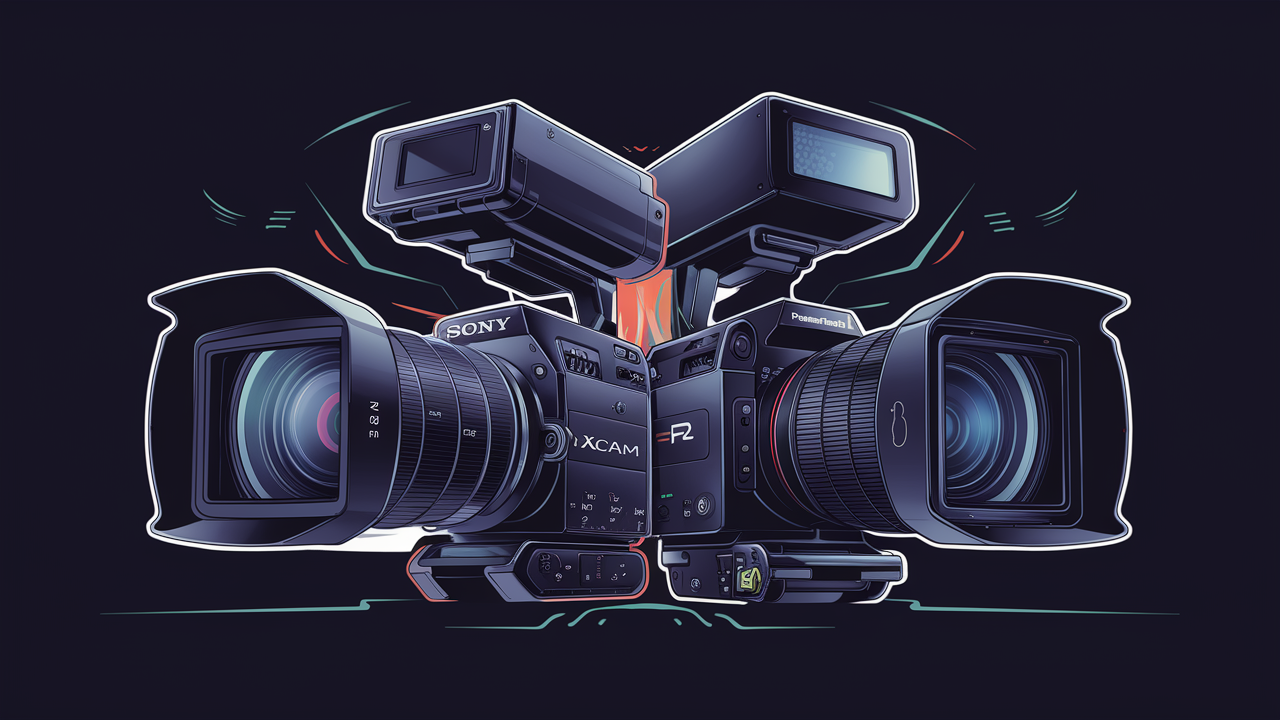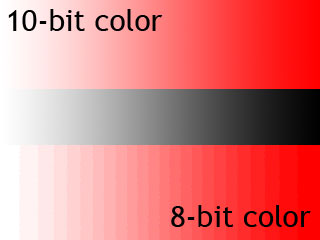SONY XDCAM HD and PANASONIC P2 HD

When I started in television broadcasting, Tapeless Workflow was almost non-existent in our country. The market was generally dominated by Sony’s Betacam series VTRs and cameras. In this system, cameras recorded onto tapes, and VTRs read recordings from these tapes. Editing suites had numerous VTRs, and editors would enter with armfuls of tapes. Due to frequent use of tapes, generation loss would occur, desired footage couldn’t be easily found, and it led to time losses. The tape-based workflow had many such disadvantages that I can’t even count.
In today’s television broadcasting, tape-based workflows have given way to tapeless workflows. At this point, broadcasting organizations have more choices and alternatives. The recording format to be chosen is one of these, and in today’s article, I’ll compare the XDCAM HD and P2 HD formats, which are still debated worldwide and stand out in terms of preference.
In the table below, I’ve tried to list the most notable differences between XDCAM HD and P2 HD.

Moving image compression techniques are broadly divided into two: Intra-Only, where each frame is compressed independently, and Long GOP, where a group of different frames are compressed together. You can see the comparison of Intra-only and Long GOP in the table below.

As seen in the figure, Long GOP compression technique provides a lower bitrate. Sony XDCAM HD uses this compression technique to achieve a max value of 50 Mb/s. Panasonic, on the other hand, argues that this technique fails in press conferences with high flash bursts, fast sports activities, and shows using confetti and electronic screens. Sony seems to have debunked Panasonic’s thesis by eliminating these disadvantages with special algorithms.
AVC-Intra, as the name suggests, uses the Intra-only technique to achieve max. 100Mb/s. Due to its frame-by-frame processing in the Intra-only technique, it provides ease of parallel processing in multi-core CPUs, which brings out the advantage of frame-by-frame processing in editing convenience. Another difference between Long GOP and Intra-only appears to be aging (generation loss), with Intra-only showing less generation loss compared to Long GOP.
Sony XDCAM HD and Panasonic P2 HD both use 4:2:2 for color subsampling, but the difference is that Sony uses 8-bit color grading while Panasonic uses 10-bit. If you ask about the difference between 8-bit and 10-bit, 8-bit = 255 different tones, 10-bit = 1023 different tones. You can better understand this difference in the figure below.

I can almost hear you saying that what I’ve explained above is very technical information. To give more surface-level information, we can fit 120 minutes of footage with XDCAM 4:2:2 50Mb/s on a 64GB media, while we can fit 64 minutes of footage with P2 AVC-Intra 4:2:2 100 Mb/s on the same size media. This data shows that we need twice as much disk space for P2 HD. Additionally, it’s observed that XDCAM HD imports about 45% faster on average in editing sets.
Sony frequently states that Mpeg-2 Long GOP 50Mb/s is sufficient for HD broadcasting. As of April 2014, they will introduce the XAVC codec, similar to AVC-Intra. Although they intend to use this codec for 4K broadcast infrastructure, they will also use it for HD broadcasting. This indicates that Sony will move away from Mpeg-2 over time.
In conclusion, if you want disk savings and fast transfer, you should use Sony XDCAM HD Mpeg-2 Long GOP 50 Mb/s. If you want a system with higher image quality, you should use Panasonic P2 HD AVC-Intra 100 Mb/s. The rest is up to your preference.
I hope I’ve been able to share information that will be useful for you in this article. Until we meet in another article…